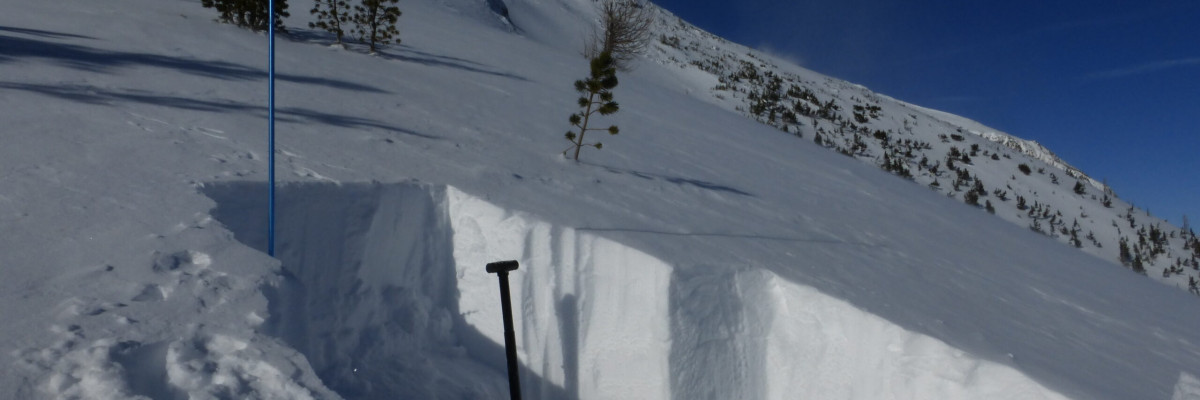Hi everyone, this is Logan King at the West Central Montana Avalanche Center with early season avalanche safety information issued Saturday, November 28, 2015.
Winds have dropped off since Thursday morning as the tail end of the arctic front passed through and no new snow has accumulated as the region has been dominated by a high pressure system resulting in cold temperatures and clear skies.
Currently the main concern is wind slabs, with the strong and variable winds that we received during the frontal passage you can expect to find these slabs on variable aspects and through all elevations. Due to the unusual distribution close assessment will be critical and terrain management will be very important in avoiding these slabs.
With the stable weather pattern the storm slab instabilities should be settling out. That said, we have been seeing highs in the 20’s and lows in the single digits through the last few nights with minimal wind. With these cold temps you can expect to see some facet development especially where the snowpack is shallow (which is the majority of the region). Keep an eye on these facets as they may become reactive as their strength decreases or a new load is introduced. Surface hoar will likely develop as well with the current conditions and will become a problem when it becomes buried.
These early conditions have the potential to set the tone for the remainder of the season so now is a great time to brush up on your avalanche skills. There are a multitude of education opportunities coming up and it never hurts to get the avy gears turning in your head early (education page). If you get out please feel free to share your observations through our public obs page.














